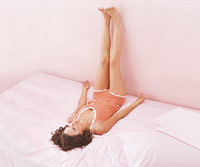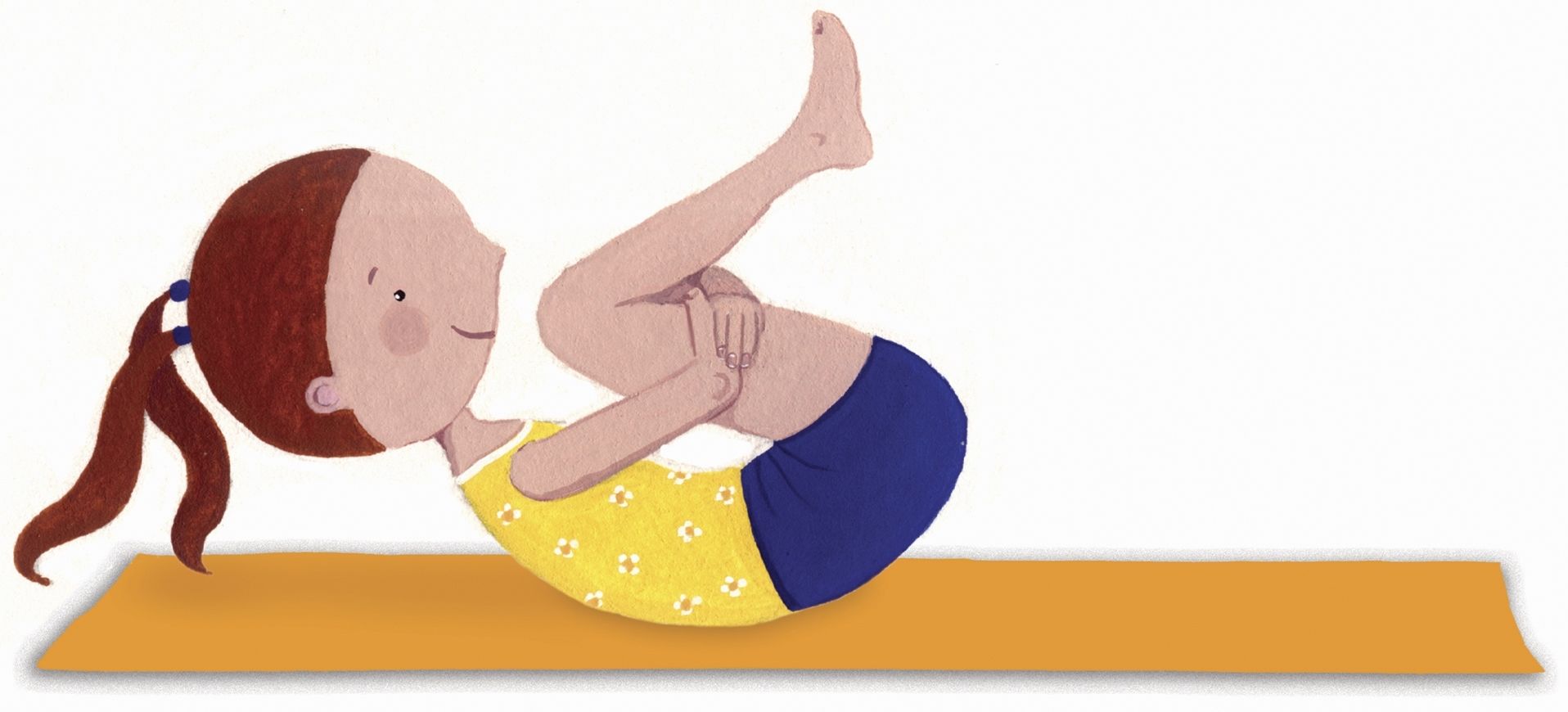Staying Young:
Our body’s balancing systems are monitored through a series of chemical messengers called hormones.Hormones regulate the our aging process. Hormones are produced in our glands. Excessive stress, fatigue, pain, depression,nutritional deficiencies damage glands. HGH (human growth hormone) is the main hormone for staying young and long life. It improves breathing capacity and the skin glazes. This HGH hormone is largely generates during deep sleep. HGH repairs the tissues during the sleep. In the neck area, the thyroid gland generates the thyroid hormones responsible for weight-loss and regulates the body’s metabolic speed.
Four Steps of yoga:
Step 1: Warming up: Do a few joint movements to warm up.
Step 2: Stretching to the limit: Do a not overdo anything, but stretch a little more than your usual ability.
Step 3: Correct Breathing. Do normal breathing in a relaxed manner.
Step 4: Closing: Rest for a few minutes in corpse pose before undertaking normal activities.
Proper yoga exercises regulates the growth hormones. Do stretching exercises before bed to relieve tension. It helps you to relax tension. Five most important yoga exercises are as follows:
Five Yoga exercises:
1. Twisted Chair Pose
Act as if you are sitting in an imaginary chair. Keep your heels in firm contact with the earth. Bend your knees and move your upper body forward at 45 degrees. Do this five times in the morning and six times in the evening, in empty stomach.
2. Upside-Down Relaxation
Lie down on your back and extend your legs up the wall.
3. Goddess Pose (Hip Opening Pose):
Stand in a position with the feet 2 feet apart.Turn the feet out 60 degree towards the wall. Bend the elbows at shoulder height and turn the palms facing each other and open the chest. Do this exercise in the morning 5 times daily.
4. Half-Moon Pose
Straightening the left leg towards the sky, then right leg one by one.
Do this exercise along with cobra pose in the morning three times.
5. Hanumanasana (Monkey Pose):
This is the king of all yoga poses for staying young and long life.
The yogi pushes one leg forward and one leg backwards until they are in the splits position. Once the yogi has moved the legs into position, there are several variations of arm and upper body position including various systematic kriya yoga mudra.
If you can not do anything, you must do monkey pose once per day. If you can’t do it once per day do it at least once per month. Along with yoga poses you may practice some kriya yoga pranayama.

 Follow
Follow
